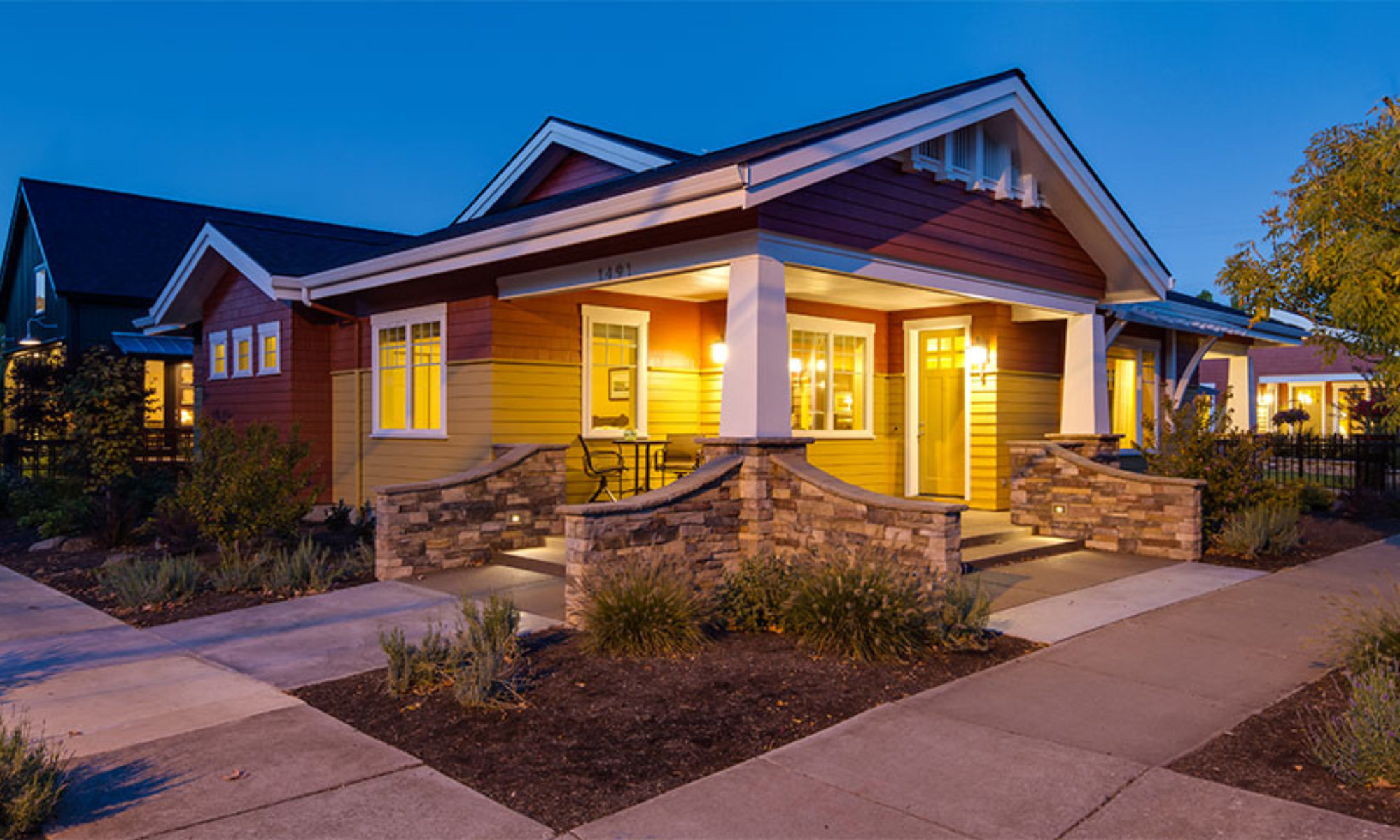 GREENWASH
GREENWASHGreenwashing is “the act of misleading consumers regarding the environmental practices of a company or the environmental benefits of a product or service.”
SIN #6 – THE SIN OF FIBBING
Outright lying drives me nuts. I can understand stretching the truth (although I don’t agree with it or condone it), but deliberately messing with the numbers or stats to give a result you want is not acceptable. Period.
Early in 2010, LG Electronics, maker of the refrigerator pictured above admitted to using an illegal device on some of its refrigerators to skew the energy saving results. It’s interesting because the refrigerator actually uses MORE electricity to operate and could endanger your food. So not only was LG lying, it appears they don’t care about your health and safety as much as they care about their energy label.
There was also apparently another instance of a manufacturer putting the big yellow Energy Star guide on their dryer. Does anyone know what’s wrong with that picture? (hint: dryers don’t have Energy Star labels).
As with everything that we read, see or hear, I believe it is our responsibility to check out all claims as best we can from reliable sources. This won’t be a fool-proof 100% guarantee, but I can tell you I’ve easily found the information I’ve wanted for about 95% of the cases I’ve tried to check. That means the correct data is out there and relatively easy to find. We just have to go looking for it. The manufacturers who outright fib are betting we don’t.
And, judging from most of the political stuff ( I thought of a few other, less kind words) out there I’ve heard over the last couple of years, the manufacturers will win that bet; we won’t go looking for that information.
Next Post: Sin #7 – The Sin of Worshipping False Labels









